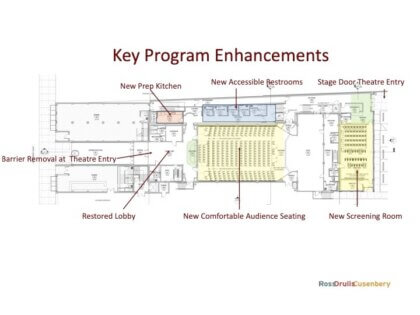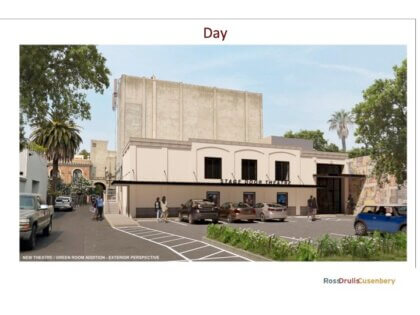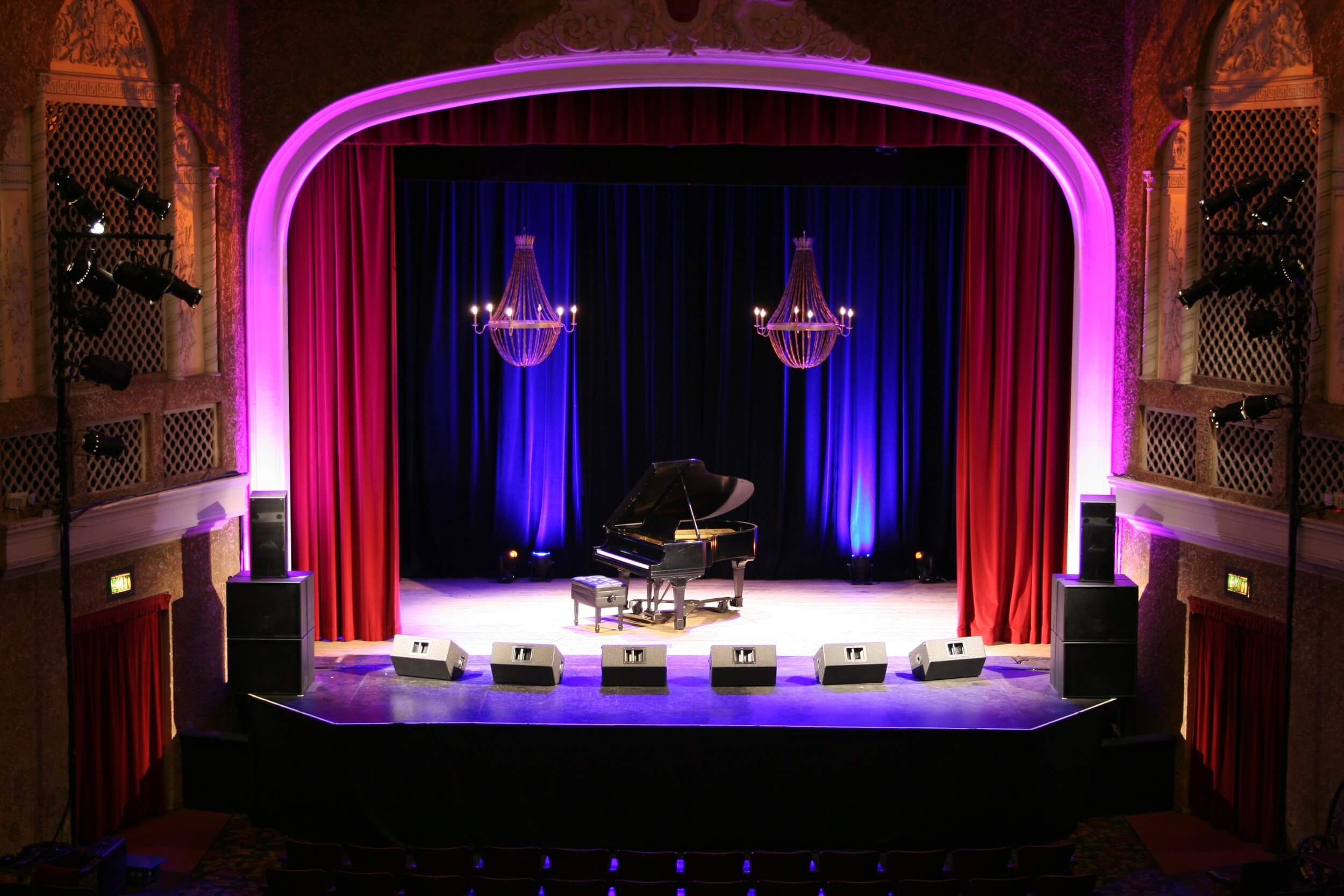 By David Bolling | For The Sun
By David Bolling | For The Sun
Not long ago I fell asleep in my living room while innocently driving a small hole into the beating heart of the Sebastiani Theatre. There was particular irony in that act because I sit on the board of directors of the Sebastiani Theatre Foundation and we are preparing for a massive and historic renovation of the theatre that promises to transform its future.
What heinous act was I innocently performing in my living room? I was watching a very long, first-run film on my not-so-big 55-inch flat screen TV, when I could have watched the same film at the Sebastiani Theatre on a screen five and a half times bigger, with Dolby surround sound. I was lucky to be at home because I fell asleep with a glass of wine in one hand (did not spill a drop) and could not remember the last half hour of the three-hour opus, a not uncommon response according to others who confessed they also drifted off in mid-movie.
And whether we drift off at home or not, we are all part of a movie trend summarized in one word: streaming, a phenomenon enhanced by the pandemic.
Movie theaters as an industrial species were badly battered by COVID, and many of the surviving single-screen theatres, like the Sebastiani, are in the equivalent of hospice care. Healdsburg’s beloved Raven theater no longer screens movies, while transforming itself into a performing arts venue. And the Rio Theater on the Russian River in Monte Rio, is up for sale.
But, despite my negligent, sofa-induced somnolence, I’m confident – indeed excited – by the future awaiting the only remaining movie theater in Sonoma Valley. Because on November 16, the Sonoma Planning Commission gave unanimous and enthusiastic approval for a use permit to transform the theater, adding depth and dimension to the facility it has never had before.
Opened in 1934 and built by winemaking patriarch and immigrant stone mason Samuele Sebastiani, the theatre is currently owned by an Oakland investment group, but the City of Sonoma holds a 25-year lease, with option for another 25-years.
The multi-million dollar plan the City approved expands the theater footprint by almost five thousand square feet and has a full page of highlights. Of particular interest to local theater-goers will be:
- Bigger, softer more comfortable seats – with cup holders.
- More, bigger and wheelchair-accessible bathrooms.
- A commercial kitchen that will both expand the variety and quality of snacks available (currently the theatre can’t even sell hotdogs), and permit approval of a beer and wine license.
- The addition of a 50-seat second screening room, so that movies and live performances can occur simultaneously, and first-run films can be shown for longer runs.
- Fire sprinklers will be installed, along with new curtains and new theatrical rigging to enhance the ease and security of raising and lowering screens, curtains and performance props.
- There will be a sizeable and comfortable “green room” to replace the two eight-by-ten closets currently in use, and space will be available for large groups of performers to make costume changes currently performed in a narrow, 60-foot-long hallway. It will also provide room for VIP events, receptions for the Sonoma International Film Festival and public meetings.
- Elevators will be installed to allow wheeled access between levels of the performing space.
- The historic lobby will be upgraded, the stage flooring will be renewed and the currently invisible orchestra pit will be exhumed and provided with a retractable roof to maintain the current stage footprint with a new row of footlights.
- Heating and air conditioning will be upgraded, as will the audio and lighting systems.
The renovation plan was developed by Sonoma architects at RossDrulisCusenberry, led by Michael Ross, who designed a new façade at the rear of the building, accessible through the public alley at the south side of the theatre. The second screening room will have its own entrance.
 All these capital improvements will allow for the continued expansion of creative improvements, including more live performances to accommodate community theater, music and locally produced film projects, while continuing to offer first-run films, along with independent productions, “art” films and the works of high school film students.
All these capital improvements will allow for the continued expansion of creative improvements, including more live performances to accommodate community theater, music and locally produced film projects, while continuing to offer first-run films, along with independent productions, “art” films and the works of high school film students.
Roger Rhoten, executive director of the Sebastiani Theatre Foundation, who with his wife Diana has kept the facility afloat for more than 30 years, sees the coming improvements as the long-delayed fulfillment of a vision he and many members of the community have held for decades.
“I really feel the theatre has never had the opportunity to reach its potential. These improvements address the community’s needs, and they will allow us to maintain, improve and preserve this historic theater. You can’t duplicate what we have here in this theater. We’re so lucky to have it. It means so much to this community.”
Those sentiments were echoed by Sonoma Planning Commissioners, who heaped praise on the project during the November 16 meeting. Said Commissioner Matt Wirick, “Along with City Hall, the Sebastiani Theatre is the crown Jewel of Sonoma. I want it to be around for many more generations to come.”
Said Commissioner and former mayor Steve Barbose, “It’s hard to imagine Sonoma without the Sebastiani Theatre. This is a path to the future.”
Added Commissioner and architect Bill Willers, “We’re lucky the Sebastiani Theatre has been around long enough to need remodeling.”






Be First to Comment